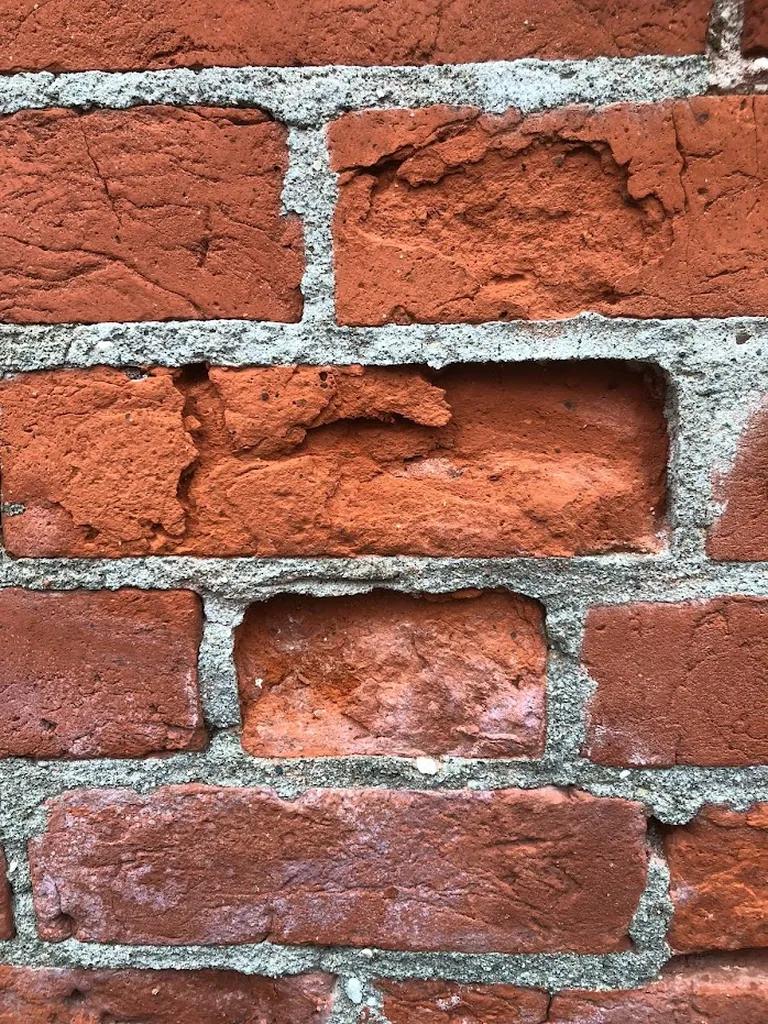Chimneys play a crucial role in providing warmth and ventilation in our homes, but they are also vulnerable to various types of damage that can affect their efficiency and safety. In Missouri, common chimney damage issues are prevalent due to the region’s climate and environmental factors. It is essential for homeowners to be aware of these potential problems in order to prevent costly repairs and ensure the continued functionality of their chimney system. In this article, we will explore the various types of common chimney damage in Missouri and provide insights on how to effectively address and remediate them.
Table of Contents
- Types of Chimney Damage in Missouri
- Causes of Chimney Damage in Missouri
- Signs of Chimney Damage to Look Out For
- Preventing and Repairing Chimney Damage in Missouri
- Q&A
- To Conclude

Types of Chimney Damage in Missouri
When it comes to maintaining a chimney in Missouri, it’s important to be aware of the various types of damage that can occur. Understanding the common issues that can arise will help you identify and address them promptly, ensuring the safety and functionality of your chimney.
Some of the most common include:
Cracks in the mortar: Over time, the mortar between the bricks of a chimney can deteriorate, leading to cracks that can compromise the structure of the chimney.Water damage: Water can seep into the chimney through cracks or leaks in the flashing, causing damage to the bricks and mortar as well as potential mold growth.Creosote buildup: Creosote is a byproduct of burning wood in a fireplace, and if it accumulates in the chimney, it can pose a fire hazard.

Causes of Chimney Damage in Missouri
Common
Chimneys in Missouri are susceptible to various types of damage due to the harsh weather conditions experienced in the state. One of the most common causes of chimney damage is water infiltration. Water can seep into the chimney structure through cracks in the mortar, causing deterioration over time. This can lead to issues such as spalling of bricks, rusting of metal components, and even mold growth.
Another common cause of chimney damage in Missouri is poor chimney maintenance. Failure to regularly inspect and clean the chimney can result in the buildup of creosote, a highly flammable substance that can lead to chimney fires. Additionally, lack of proper maintenance can cause blockages in the chimney, which can result in poor ventilation and improper draft, leading to smoke backing up into the home. It is crucial for homeowners to schedule annual chimney inspections and cleanings to prevent these issues.

Signs of Chimney Damage to Look Out For
Chimneys are essential components of a home in Missouri, especially during the colder months. However, like any other structure, they can deteriorate over time due to various factors. Understanding the signs of chimney damage is crucial to ensuring the safety and function of your chimney.
One common sign of chimney damage is cracks in the masonry. These cracks can allow water to seep into the chimney, leading to further deterioration and potential water damage inside your home. Another indicator of chimney damage is crumbling mortar, which can weaken the structure of the chimney and pose a safety risk. Additionally, if you notice a buildup of soot or creosote, it may be a sign that your chimney is not functioning properly and needs attention. Regular inspections by a professional chimney sweep can help identify and address any potential damage before it becomes a major issue.

Preventing and Repairing Chimney Damage in Missouri
One of the most common types of chimney damage in Missouri is water damage. Water can seep into the chimney through cracks or gaps, causing rust, deterioration, and mold growth. It’s important to regularly inspect your chimney for signs of water damage, such as efflorescence, spalling bricks, or a musty smell.
- Efflorescence: White, chalky residue on the exterior of the chimney.
- Spalling bricks: Bricks that are crumbling or falling apart.
- Musty smell: A damp, moldy odor coming from the chimney.
Another common issue with chimneys in Missouri is animal infestations. Birds, squirrels, raccoons, and other critters often make their homes in chimneys, causing blockages, damage to the flue, and health hazards. Installing a chimney cap and scheduling regular inspections can help prevent these unwanted guests from taking up residence in your chimney.
Q&A
Q: What are some common types of chimney damage seen in Missouri homes?
A: Common types of chimney damage in Missouri include cracks in the chimney structure, deterioration of the chimney liner, and water damage.
Q: How can cracks in the chimney structure affect the safety of the home?
A: Cracks in the chimney structure can weaken the integrity of the chimney, increasing the risk of collapse or fire hazards.
Q: What are some signs of chimney liner deterioration that homeowners should look out for?
A: Signs of chimney liner deterioration include visible cracks or gaps in the liner, increased creosote buildup, and smoke leaks into the home.
Q: How does water damage impact the chimney?
A: Water damage can cause the chimney masonry to deteriorate, leading to structural problems and potential leaks into the home.
Q: What steps can homeowners take to prevent chimney damage in Missouri?
A: Regular chimney inspections and cleanings, proper installation and maintenance of chimney caps, and addressing any signs of damage promptly can help prevent chimney damage in Missouri homes.
To Conclude
In conclusion, it is important for homeowners in Missouri to be aware of the common chimney damage that can occur in this region. By understanding the causes and signs of chimney damage, you can take proactive steps to maintain the safety and integrity of your chimney. Regular inspections and maintenance by a professional chimney service provider are essential to prevent costly repairs and ensure the efficient operation of your fireplace. Stay informed and proactive to keep your chimney in optimal condition for years to come.


